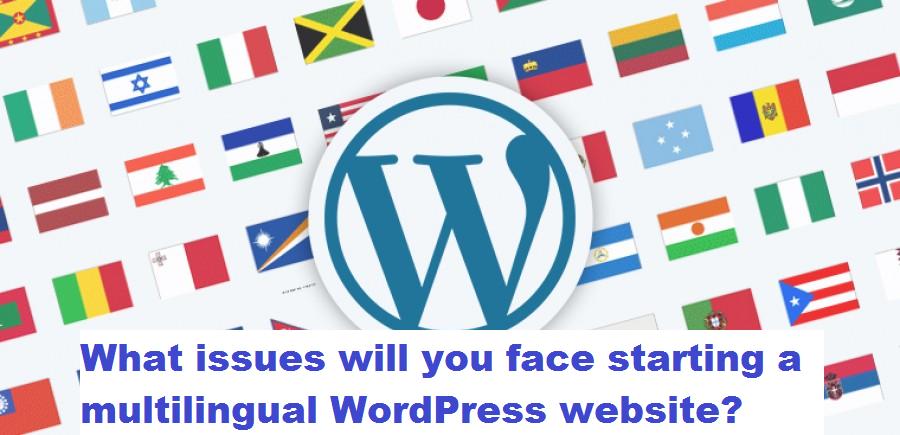You may not face any difficulty in generating traffic if you are running a blog or an English driven website. The problem arises when you want complete globe to avail your services or products including the non-English speaking countries as well. For maximizing ROI and for driving the traffic you need a multilingual support. People love full screen WordPress theme due to its support for multiple languages and their ability to attract audiences over cross borders.
But everything is not easy. Have a look at problems faced while starting a multilingual WordPress website.
#1 Language Selection
The first and foremost consideration is which languages are to be selected or which fit in your project. Suppose you are in Tea business in India, so your existing audience is India and want to expand towards Japan, Germany and France. So, checking out your future prospects you can narrow down your selection process to Japanese, German and French, also keeping English as the default language.
Its better to take human or machine help to translate your most visited pages. If you cannot get in-house translators you can go for some agencies. There are many tools available for in case you want to know whi8ch countries to expand such as Google trends and Google Analytics will help you know how much traffic you are getting from which demographic location.
#2 Be Found over Internet
Yes, I am talking about serach Engine Optimization. Your translated pages also need optimization and that you need to make sure that you are easily available whenever any search query is there. It should not be such that if any Japanese query comes and he is been greeted with your German results. As per Google, the search engine crawlers follow certain rules for the translated pages.
- According to Google, it always preferred to use different domain such as mysite.fr (France) or mysite.de (Germany). Or if not this try to use different URLs by making a sub domain or sub-directory for translated files.
- By using “hreflang” tags or using a sitemap you can easily tell Google it is a translated website.
- Very important thing, all your translations should be server side and not client side (or temporary) for good SEO. Do not use javascript translations if you want good SEO.
#3 optimizing user experience
Starting from the page one till the end, the language and the tone should remain intact. All the translated pages should work exactly as your original version. The language selection button should be appropriately placed so that the user can find easy to locate it. Try to provide a translated page if you know a users preferences.
To avail a Multilanguage supported website you have two options either to create a new website for every language or to create a multi-lingual WordPress theme.
Now considering the first option, if you construct a new website for each website, no wonder that you website will have equal SEO as that of original but it requires a lot of work from your side. You need to construct every website from scratch. If you want to any additional functionality, the same has to implemented n number of times. You will have to maintain and update each website individually.
It’s better to opt for a multilingual full screen WordPress theme so as to avoid any extra overhead. Just follow the Google’s rules for SEO, everything will automatically fall in place without costing any additional headache of handling so many websites.













No Comments